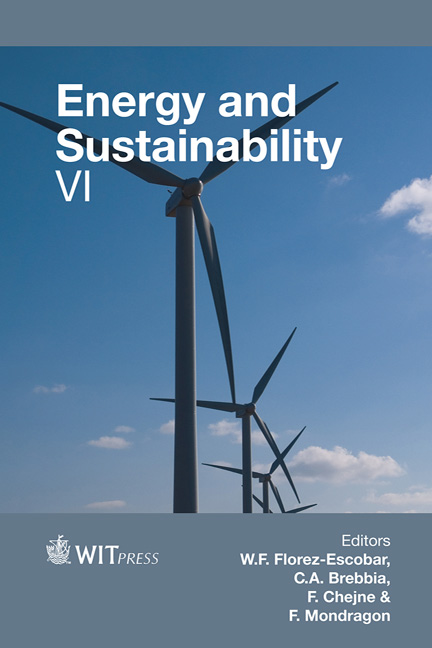Application Of Latent-heat-storage Building Envelope Systems For Increasing Energy Efficiency In The Building Sector
Price
Free (open access)
Transaction
Volume
195
Pages
10
Page Range
163 - 172
Published
2015
Size
609 kb
Paper DOI
10.2495/ESUS150141
Copyright
WIT Press
Author(s)
Z. Pavlík, A. Trník, J. Fořt, M. Pavlíková, J. Maděra, R. Černý
Abstract
The construction of latent-heat-storage building envelope systems often involves an application of interior and/or exterior plasters with enhanced thermal storage properties. In this paper, cement-lime plasters with incorporated phase change material (PCM) are designed and the effect of the applied PCM on their heat storage capacity is analysed using the measurement of basic physical, mechanical and thermal parameters. Among the basic physical properties, bulk density, matrix density and total open porosity are measured. Mechanical resistivity of the developed plasters is characterized by compressive and flexural strength and dynamic Young’s modulus. Thermal conductivity and thermal diffusivity are measured using the transient pulse method. The temperature dependent specific heat capacity is accessed using differential scanning calorimetry (DSC) in cooling, as well as heating regime. On the basis of the experiments performed, the supposed improvement of the energy efficiency of characteristic building envelope system where the designed plasters are likely to be used is evaluated by a computational analysis. The results of computer simulations are very promising for the future use of the designed system in the building sector.
Keywords
latent heat storage, phase change materials, plasters, computational modelling, thermal performance





